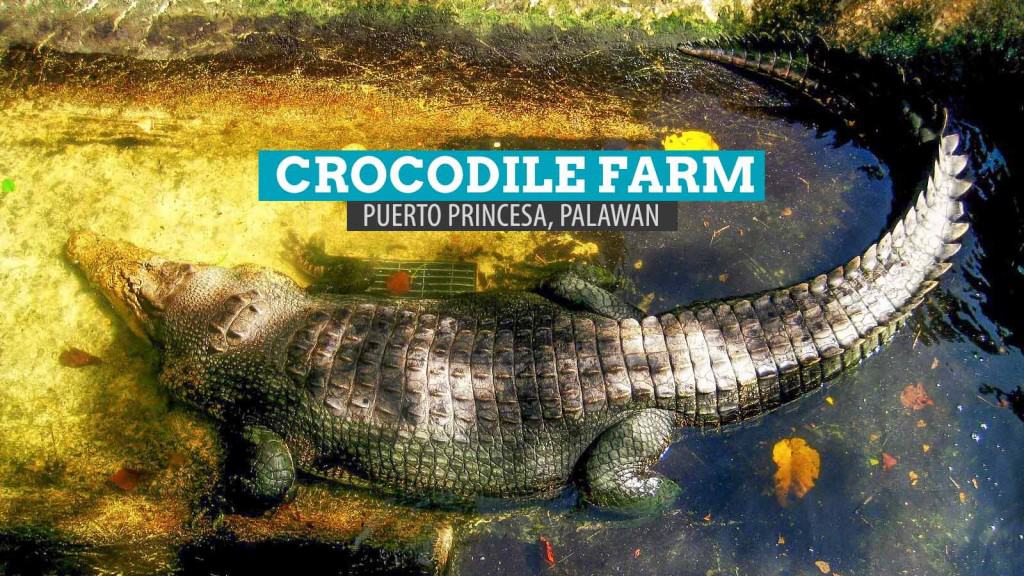2011 • 4 • 9
For a more updated guide, visit: Puerto Princesa Travel Guide.
When the Poor Traveler was just a young boy, he heard from a magazine show on TV of a child being attacked and then devoured by a huge crocodile in the province. Since then, I had feared crocodiles. I didn’t like seeing them even on TV. Whenever National Geographic Channel would feature them, I’d switch channels. They had been giving me the creeps until our Puerto Princesa City Tour.
After our moment with the caterpillars and former caterpillars at the Palawan Butterfly Garden, our driver announced that we would be heading to Palawan Wildlife Rescue and Conservation Center to meet some crocodiles. Imagine how I felt when I learned about our next stop. “It’s the end of my life as I know it! I’m gonna dieeee!!!” But of course, I didn’t say it out loud; my friends would have killed me right then for my kaartehan. So I flashed a wide, fake smile and held it for the next 20 minutes or so. We arrived at around 8:30 am. Although we were able to enter the place, we still had to wait for the ticket counter to open at 9am so we killed some time by taking photos around.
By the way, here are the visiting hours: Mondays to Fridays, 1:30pm to 5pm; Saturdays 9am to 5pm (lunch break from 12nn-1pm).
Formerly known as Crocodile Farming Institute, this Puerto Princesa destination is not just a popular tourist attraction but also a research center for conservation and further studies of Palawan’s endangered species including crocodiles. That said, crocodiles ain’t the only animals here. There is a mini-zoo here which houses several species of mammals, reptiles and birds.
When the ticket booth opened, we paid for entrance fees (P40) and the tour started.
After seeing the skeletons, the tour guide led us to the Hatchling House where baby crocs are being kept.The Hatchling House is full of white tubs where little crocs are fed. As you walk farther, the bigger crocs are.
There are two types of crocodiles: the Saltwater Crocodile or Indo-Pacific Crocodile (Crocodylus Porosus) and the Philippine Freshwater Crocodile or Mindoro Crocodile (Crocodylus Mindorensis). Naks, may scientific names pa. Hihi.
When we reached the exit, we were led to a swamp like area where adult crocs were. There is an elevated ledge over the area where tourists could walk on and get a better view of these reptiles.
We then proceeded to a station where tourists can take photos with a baby croc. The fee for a photo-op with a baby crocodile is P30-P35.
We then walked to the mini-zoo where non-croc animals where caged.
There are also several species of birds and snakes at the mini-zoo. The cutest are the porcupines and the squirrels.
It was an enlightening tour, albeit scary at first. I went in as a scared tourist and came out as a crocodile lover! Kudos to the people operating this place.
